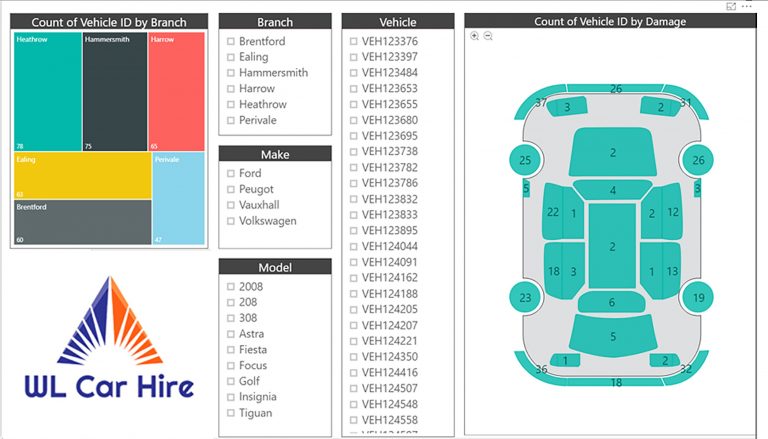eWay-CRM
Are you struggling to connect your eWay-CRM data source with Power BI? Look no further! In this article, we will discuss how to use Power Query M Language code to connect to your eWay-CRM data source and retrieve the necessary data for your Power BI report.
Introduction to Power Query M Language
Power Query is a powerful data transformation and connection tool used in Power BI. It allows users to connect to various data sources and transform the data before loading it into the report. Power Query M Language is the code used to create custom data transformations and connections.
Connecting to eWay-CRM Data Source
To connect to your eWay-CRM data source, follow the steps below:
1. Open Power BI Desktop and click on ‘Get Data’ on the Home tab.
2. Select ‘Blank Query’ and click on ‘Connect’.
3. In the ‘Query Editor’, click on ‘New Source’ and select ‘Web’.
4. Enter the URL for your eWay-CRM data source and click ‘OK’.
5. In the ‘Navigator’, select the tables you want to use in your report and click ‘Load’.
Writing Power Query M Language Code
Once you have connected to your eWay-CRM data source, you may need to transform the data before loading it into your report. This is where Power Query M Language comes in.
To write Power Query M Language code, follow the steps below:
1. In the ‘Query Editor’, select the table you want to transform.
2. Click on ‘Advanced Editor’ on the Home tab.
3. The Power Query M Language editor will open.
4. Use the code snippets below to write your custom code.
Code Snippets
#### Renaming Columns
To rename a column, use the following code snippet:
#”Renamed Columns” = Table.RenameColumns(#”Previous Step”,{{“Old Name”, “New Name”}})
#### Filtering Rows
To filter rows based on a condition, use the following code snippet:
#”Filtered Rows” = Table.SelectRows(#”Previous Step”, each [Column] = “Value”)
#### Adding a Custom Column
To add a custom column, use the following code snippet:
#”Added Custom” = Table.AddColumn(#”Previous Step”, “New Column Name”, each [Column 1] + [Column 2])
#### Grouping Rows
To group rows based on a column, use the following code snippet:
#”Grouped Rows” = Table.Group(#”Previous Step”, {“Column”}, {{“New Column Name”, each List.Sum([Column 1]), type number}})
Conclusion
In conclusion, Power Query M Language is a powerful tool that allows users to create custom data transformations and connections in Power BI. By following the steps in this article, you can easily connect to your eWay-CRM data source and retrieve the necessary data for your report. Remember to use the code snippets provided to write your custom code and transform your data. Happy reporting!







